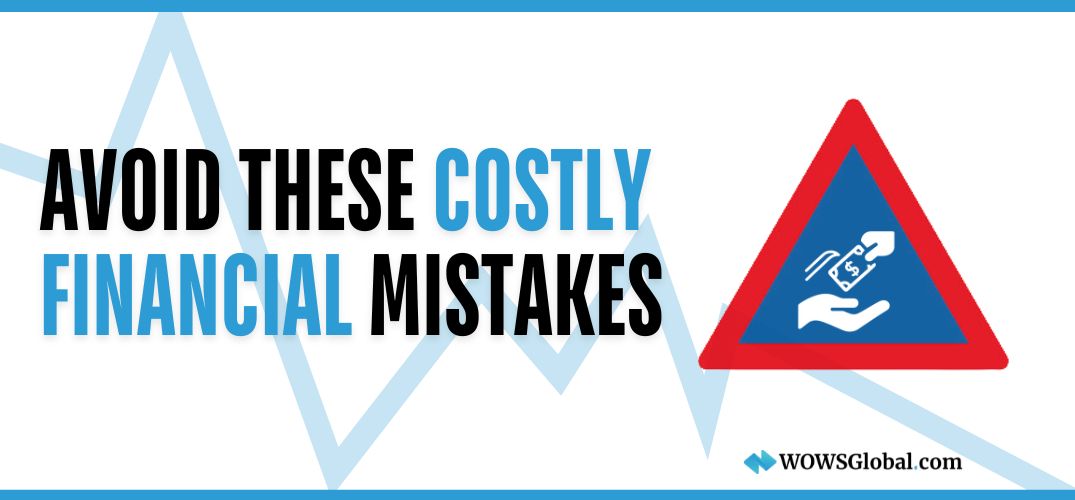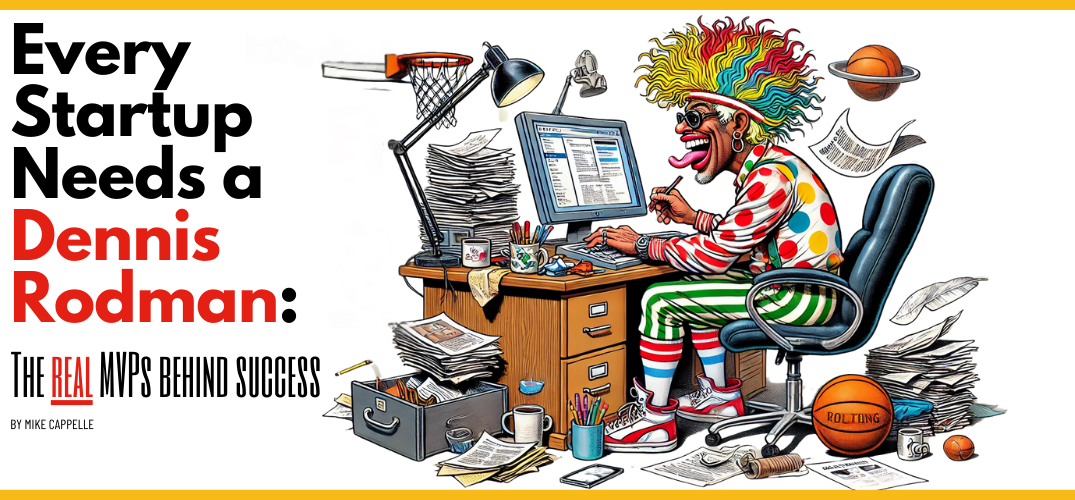The MVP: Turning Bare Bones Into Billion-Dollar Dreams (Or a Glorified Prototype)
Startup MVP Lean Startup Feedback 5 minutes

Ah, the Minimum Viable Product—MVP for short. It’s the holy grail of the startup world, where your grand vision slams head-first into reality. It’s the art of taking an ambitious idea, stripping it down to the bones, and tossing it into the market with a wink, a prayer, and maybe a little duct tape. If you’re lucky, that scrappy MVP grows into something big—a unicorn even. If not, well, congratulations: you’ve just launched a glorified prototype fueled by caffeine and hope.
In my experience, the MVP is where the rubber truly meets the road. You have a vision—big, bold, and disruptive—but time and money aren’t on your side. There’s no luxury for “perfection.” You launch with the bare minimum to prove that your idea has legs, but not so much that anyone can see the cracks still held together with metaphorical duct tape.
Finding the Sweet Spot: Between Too Minimal and Too Polished
One of the biggest challenges I’ve faced with MVPs is striking that balance between "just enough" and "not enough." Launch something too minimal, and customers might not see the potential. They’ll take one look and say, “That’s it?” But if you overdo it—polish too much, spend too long perfecting—you risk wasting time and resources on features that don’t even resonate with your audience.
Here’s my advice: focus on what matters most to your users. Ask yourself, "What’s the core problem I’m solving?" Then build only the essentials that tackle that problem head-on. Tip: Create a roadmap, but don’t try to build the whole road just yet. Release early, gather feedback, and let your users guide your iterations.
The Gamble of the Launch: High Stakes, Big Payoffs
Launching an MVP is like walking a tightrope. It’s a high-stakes gamble, with no safety net. The first launch can feel like jumping out of a plane, hoping you packed your parachute correctly. I remember one particular MVP launch—things were held together by sheer will and an insane amount of caffeine. Our product was rough, but it worked, barely. We got feedback (some of it brutal), but it was exactly what we needed to iterate and improve. That early feedback helped us pivot, tweak, and build the foundation for something much stronger.
Action Plan: How to Make Your MVP Work
- Identify the Core Problem: What pain point are you solving? Build only what you need to address that issue, nothing more.
- Set Clear Goals: What does success look like for your MVP? Is it customer feedback? User sign-ups? Know what metrics you’ll use to measure success.
- Prepare to Pivot: Not all MVPs succeed out of the gate. If your MVP doesn’t hit the mark, don’t be afraid to pivot. Collect feedback, analyze data, and adjust your direction.
- Embrace Imperfection: Remember, your MVP doesn’t have to be perfect—it just has to work. Be open to launching something that feels a little raw but gets the job done.
- Listen to Your Users: Customer feedback is gold. As soon as your MVP hits the market, gather as much as you can. Let your users tell you what they love and hate, then adjust.
Lessons from the Trenches
Here’s the truth: MVPs aren’t glamorous. They’re scrappy, sometimes messy, and often held together with duct tape. But they are the quickest way to learn, adapt, and evolve. Some of the best products I’ve worked on started as messy MVPs that barely worked, but through rapid iterations, they became polished products that users loved.
Launching an MVP might not make you feel like a genius right away, but it’s the start of something bigger. So, strap in, prepare for a bumpy ride, and don’t be afraid to pivot if the road gets rough. After all, in the startup world, there’s no time to wait for perfect. Just make sure your duct tape holds.
About the Author
Mike Cappelle has spent almost two decades working in the world of business transformation, digitalization, and product development. From his early days as a waffle entrepreneur to corporate consultant for Fortune 500 companies and eventually co-founder and COO of WOWS Global, Mike has gathered a wealth of experience that informs his practical, sometimes humorous take on the challenges of modern business. Having worn many hats, he’s learned firsthand the ups and downs of navigating both corporate environments and entrepreneurial ventures. Mike’s insights come from a place of genuine experience, shaped by a career full of diverse challenges and unexpected lessons.
Related Posts
-

Financial mistakes startup Fractional CFO 4-6 minutes
Financial Mistakes That Hurt Businesses—Startups & SMEs Alike
Many startups and SMEs unknowingly make financial mistakes that hurt profitability, cash flow, and long-term success. From misinterpreting cash in the bank to scaling without financial planning, these pitfalls can be costly but avoidable. Discover the most common financial mistakes and how to fix them in this guide by WOWS Global. -

Startup Team MVP Business Strategy 3 minutes
Every Startup Needs a Dennis Rodman: The Real MVPs Behind Success
Building a startup team is a lot like assembling a band of misfits and expecting them to perform like the '96 Chicago Bulls. You’ve got your dreamers, your doers, your wild cards—and somehow, you’ve got to make them all play together, harmonize even, if you want to make it through the grind of startup life. It’s not about having a team of flashy superstars. It’s about finding the Dennis Rodmans of the world—the people who do the dirty work, hustle, and take pride in keeping the machine running while someone else dunks. -

Southeast Asia Startup Ecosystem
Exploring Southeast Asia's vibrant Startup Ecosystem
Southeast Asia is home to a bustling startup ecosystem that is rapidly evolving and capturing the attention of investors and entrepreneurs alike. With its thriving economies, growing middle-class population, and increasing internet and smartphone penetration rates, the region offers immense potential for innovation and business growth. -

Startup Investment Southeast Asia
Why Southeast Asia is the Next Hotspot for Startup Investments
Southeast Asia is rapidly emerging as one of the world’s most promising regions for startup investments. With a growing population, a rising middle class, and a rapidly expanding digital economy, Southeast Asia presents a wealth of opportunities for investors looking to tap into this dynamic and rapidly evolving market. In this article, we’ll take a closer look at why Southeast Asia is the next hotspot for startup investments. -

Startup Southeast Asia
Playbook to Identify the Next Unicorn Startup in Southeast Asia
The startup ecosystem in Southeast Asia has been on the rise in recent years, with the region producing several unicorns - privately held companies valued at over $1 billion. Some of the well-known unicorns in the region include Grab, Gojek, and Tokopedia. With Southeast Asia's growing population, increasing internet penetration, and rising middle class, the region presents vast opportunities for startups to thrive. However, with so many startups emerging, it can be challenging to identify the next unicorn. In this article, we will explore how to identify the next unicorn startup in Southeast Asia. -

Venture Debt Startup
How Venture Debt Can Aid in the Growth of Your Startup
Startups require capital to fuel growth and achieve long-term objectives. While equity financing is a common way to raise funds, it frequently dilutes existing shareholders' ownership. In contrast, venture debt can provide additional capital without sacrificing ownership. This article will look at how venture debt can help your startup's growth.
